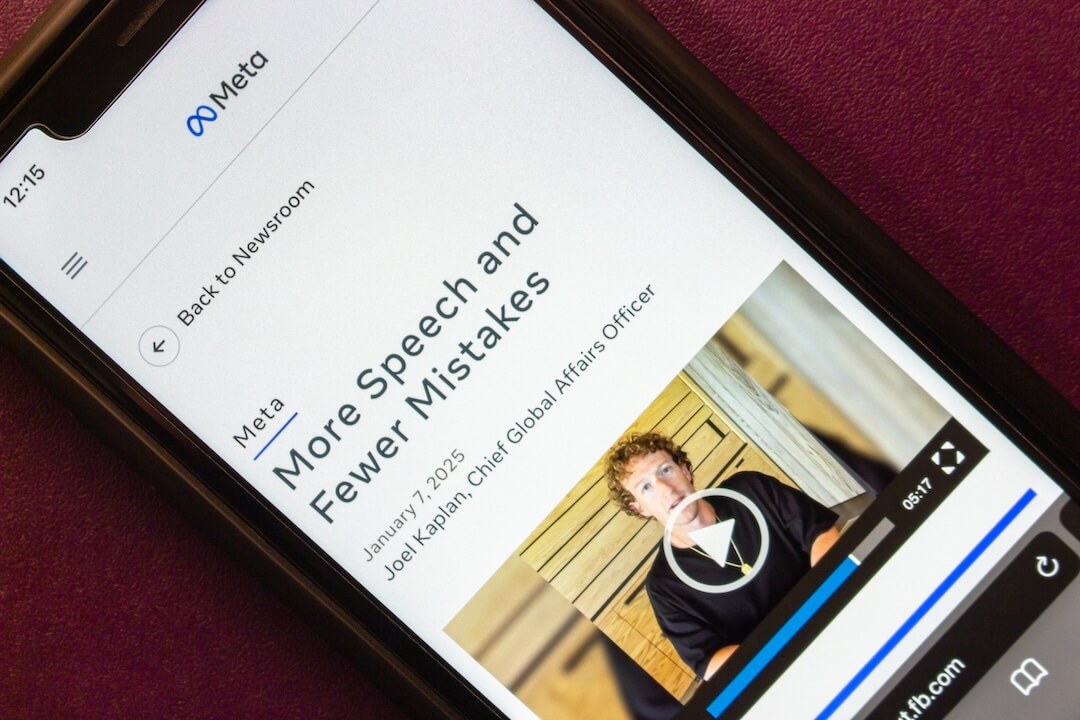Many reporters write strong leads, back them up, and finish their story with an ending. But the middle “has no recognizable sequence of ideas, no flow of cause and effect, and no narrative, just puddles of information,” as Roy Peter Clark and I complained in our latest edition of “Coaching Writers,” on page 107. Many editors struggle to bring some structure to their writers’ middles, or just give up and publish these sagging arches. How can reporters create strong middles, and how can editors help them by coaching?
Reporters fail to write organized middles for two reasons: j-schools and lack of know-how. Many journalism schools still teach the inverted pyramid as “THE form” despite all the evidence showing readers cannot understand them. Few journalism schools teach the most effective form of explaining things in words, the stack of blocks. Compare these diagrams:
The traditional “inverted pyramid” begins with a big lead conceived as a hook, followed by information arranged in declining order of importance and interest, with no ending. This form assumes readers can stop at any point when they have enough information. In fact, readers cannot understand inverted pyramids because the background goes at the bottom, somewhere between “boring” and “dull.” Without background, readers cannot understand the story, and simply give up before they get to the information they need.
THE INVERTED PYRAMID IS THE WORST FORM EVER INVENTED FOR EXPLAINING SOMETHING TO ANOTHER PERSON IN WORDS.
While the inverted pyramid is the worst form for readers, the “stack of blocks” is the best in terms of reader comprehension. The stack has three parts: beginning, middle, and end. The middle contains the information grouped by subject matter into parts arranged in logical order. The beginning predicts the middle in form and content, and the ending cements the main points into the readers’ memories.
In journalistic terms, the stack of blocks begins by telling the readers what the story is about and why it’s important, followed by sections, ending with a kicker to help the reader remember. If the story is longer, the stack of blocks may include a few “gold coins” or rewards spaced throughout to keep readers reading. Gold coins might include a delightful anecdote, a great quote, a neat turn of phrase, or an interesting new character. Instead of including a background block too late, the stack of blocks supplies the readers with context in little bits as needed.
Reporters who only know one form, the inverted pyramid, don’t write middles because inverted pyramid stories don’t have middles (or endings). They just waddle along and trickle off to nothing.
Some reporters write strong beginnings and endings, but flabby middles, because they don’t know how to organize in sections or because they think by writing leads. The latter group usually determines the strongest thing they have, leads with it, and develops that for a while until they start getting tired or run out of time. Their middles tend to have clumps and knots rather than sections of information.
How to Middle
The easiest way to organize sections goes like this. Make up a short list of important things the readers need to know. Then determine which of those items constitute sections, which others are parts of those sections, and which have nothing to do with the story. For example, reporting a story on a zoo crisis might generate the list on the left and get organized into the stack of blocks on the right:
The resultant sections form the middle, and the lead and ending frame it.
A coaching editor who wants better middles would “debrief” reporters between the reporting and the typing, asking consistent organizational questions like these:
- “What’s your story about, and why should our readers care?”
- “What are your sections?”
- “Got an ending in mind?”
- “How much space do you need?”
- “Did you get a picture of the dead gorilla?”
If you ask the same questions over and over, your reporters will rehearse the answers before your conversation. In other words, they’ll organize the story and its middle as they report it.
* * *
You can think in the inverted pyramid as well as write in it, and most editors do. When you say, “This is too good a detail to leave all the way down here,” you’re thinking in the fatal pyramid. You gain nothing if the reporters write stacks of blocks and the editors rearrange them into inverted pyramids. So your newsroom might need a brown-bag lunch to talk about forms, about writing middles readers could understand and might want to read.
Don Fry, an affiliate of The Poynter Institute, works as an independent writing coach out of Charlottesville, Virginia. You can reach him with questions at 434-296-6830, or better, at donaldfry@cs .com.








